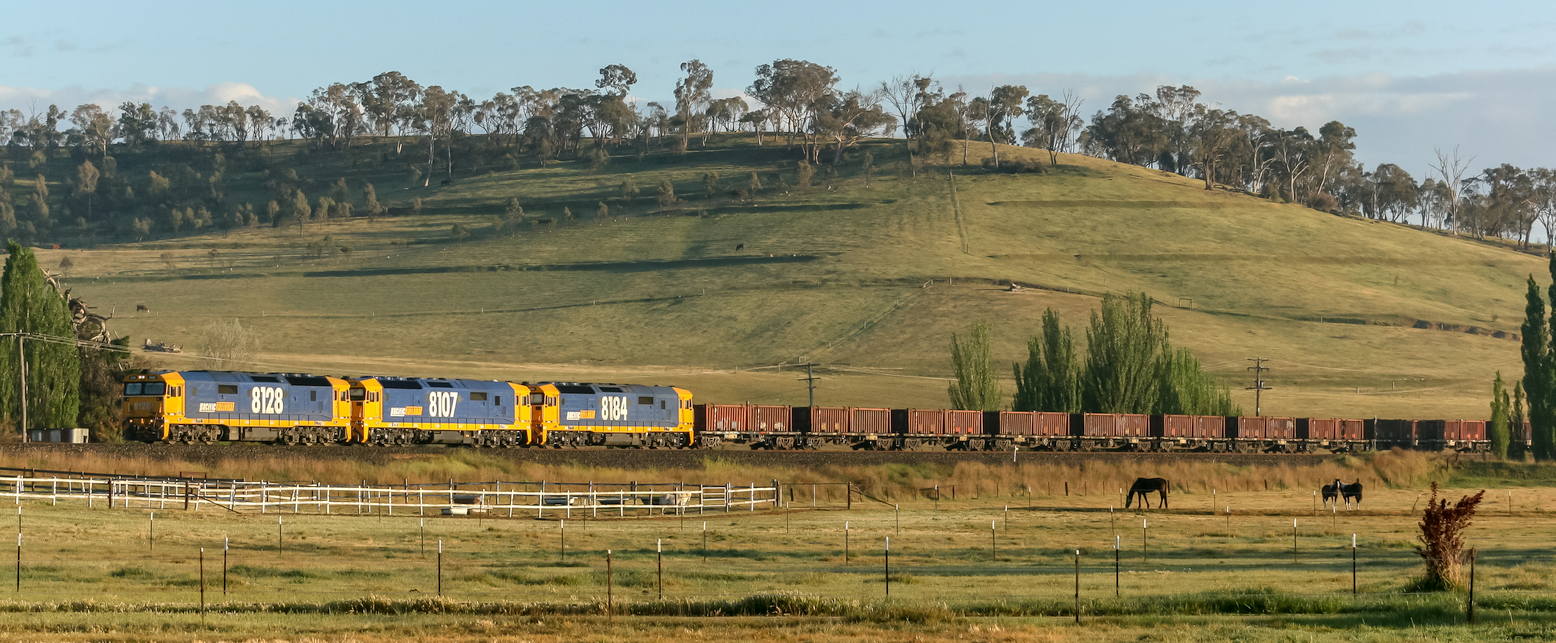
In a disturbing development, Australia’s largest rail freight operator, Pacific National has declared rail freight is on its deathbed between Melbourne and Sydney.
Pacific National CEO Dean Dalla Valle said less than 1 per cent of 20-million tonnes of palletised and containerised freight transported between Melbourne and Sydney is now hauled by trains.
“Australia’s busiest freight corridor by volume has become a conveyor belt of 700,000 B-double equivalent return truck trips each year along the Hume Highway,” said Mr Dalla Valle.
Mr Dalla Valle said excessive government charges applied to rail freight services and a build-up of red tape is suffocating the haulage of goods by rail between Australia’s two biggest cities.
“Bizarrely, at a time when Australians want safer roads, less traffic congestion during their daily commute, reduced vehicle emissions, and properly maintained roads, government policies are geared to rolling out bigger and heavier trucks on more roads,” said Mr Dalla Valle.
A 2016 report by Australian Automobile Association ranked sections of the Hume Highway as some of the nation’s most dangerous roads, while a 2017 Deloitte Access Economics report found, for every tonne of freight hauled a kilometre, trucks produce 14 times greater accident costs than trains.
Mr Dalla Valle said trucks may not be the root cause of most accidents, but the sheer size, weight and momentum of a truck crashing with a car often results in casualties or fatalities.
“Now the Hume Highway is fully duplicated, I suspect governments in the future will allow access for even bigger trucks on the freeway, including A-doubles and B-triples,” said Mr Dalla Valle.
Mr Dalla Valle said Pacific National calculated access costs of hauling a 20-foot container between Melbourne and Sydney by a freight train or B-double to be $94 and $55, respectively.
“In terms of accessing the freight corridor between Melbourne and Sydney, that’s a massive 70 per cent cost penalty for rail – this rips the guts out of our industry,” said Mr Dalla Valle.
The Australian Government taxes operators like Pacific National an ‘access charge’ to run freight trains on railways. Current access charges do not account for extensive taxpayer funding of roads (and hence support for trucks) compared to significant commercial demands on rail freight.
Mr Dalla Valle said to resuscitate rail freight between Melbourne and Sydney, government must aim for an equal volume share of rail and road freight by 2021 – Australians like a fair go.
“To achieve a minimum 50:50 freight volume share between rail and road, government access charges must be abolished on the rail corridor between the two cities,” said Mr Dalla Valle.
Pacific National estimates increasing the rail freight share between Melbourne and Sydney to 50 per cent would help save four lives and $300-million in road accident costs on the Hume Highway each year. Annual vehicle emissions along the highway would be reduced by 430,000 tonnes.
Mr Dalla Valle said supporting more freight on rail means a healthy long-term revenue stream for government and huge benefits and savings derived from a wide range of social, economic and environmental gains. Australians want real trains, not road trains hauling large volumes of freight.
